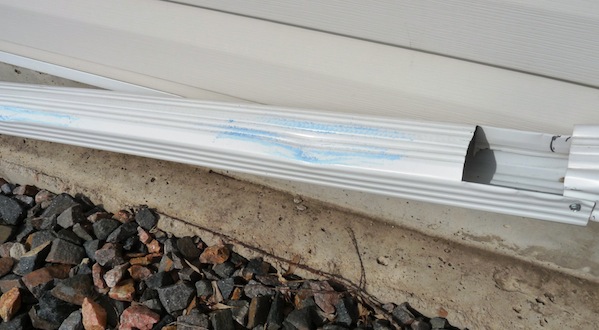Mastering Roof Inspections: Hail Damage, Part 2
DEFINING HAIL DAMAGE
Although it may be relatively short, this is one of the most important articles in this series.
For insurance purposes, hail damage to roofing-covering materials is defined as either "functional" damage or "cosmetic" damage.
Being able to determine the difference between the two is crucial, and has long been a point of contention between members of the insurance industry and members of the roofing industry, primarily because of ignorance of or disagreement over basic criteria.
Functional Damage
Functional damage is damage which:
- diminishes the ability of a roof to shed water; and/or
- reduces the roof's expected long-term service life.
Functional damage varies with different types of roof-covering materials. Wood roofs will show functional damage differently than asphalt and tile roofs.
Cosmetic Issues
Damage which doesn’t meet the definition of “functional” is considered “cosmetic.”
Cosmetic issues may be discoloration or damage which doesn’t affect the lifespan of the roofing material or reduce its ability to shed water. Cosmetic damage is that which only affects the appearance of a material, or affects its functionality to only a minor degree. Some examples are…

…minor localized granule loss from hailstrikes to asphalt shingles, or…


…hail dents in metal vents, gutters and downspouts.
Cosmetic issues also vary with the type of roof-covering material installed.
Insurance companies may or may not pay for cosmetic damage.
An example of when an insurance company might pay for cosmetic damage is when the damage results in a financial loss to the policyholder, or if reimbursement is required by state or local law. Whether cosmetic damage may be compensated for also varies somewhat by the policies of various insurance companies, and how each policy is written.
A “loss” is usually interpreted to mean a loss in the home’s value. An example of this might be an expensive copper roof which is badly dented by hail. A loss may vary by location. If the copper roof is in a highly visible portion of a high-end home, damage may more likely be paid for than if it were on a portion of a second-story roof which is barely visible from the ground.
**************************************************
Learn how to master a roof inspection from beginning to end by reading the entire InterNACHI series: Mastering Roof Inspections.
Take InterNACHI’s free, online Roofing Inspection Course
Mastering Roof Inspections
Roofing Underlayment Types
Inspecting Underlayment on Roofs
Fall-Arrest Systems
Roofing (consumer-targeted)
More inspection articles like this

